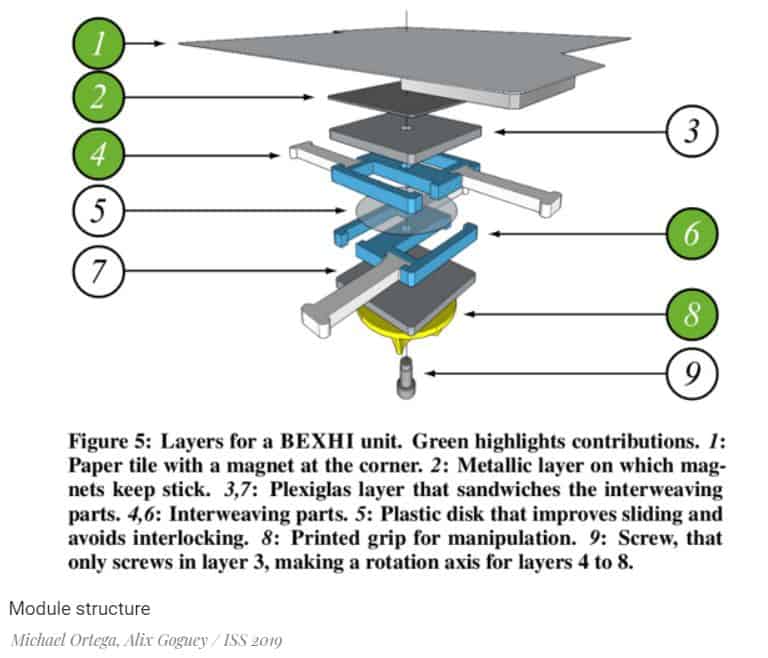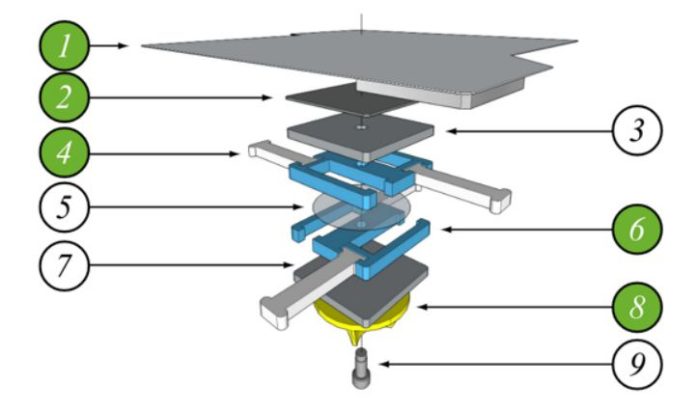French engineers have developed a mechanism that could potentially be used with OLED screens to create stretchable and flexible tablets or smartphones. It consists of many rigid segments interconnected by flexible jumpers so that the structure can be bent and stretched, but at the same time, it retains sufficient rigidity to, for example, stand on a table as a monitor.
The last few years, many manufacturers have been working on smartphones with flexible screens, but the serial version of the device began to present only in the last year: for example, the Samsung Galaxy Fold and Huawei’s Mate the X. The main reason for such a long introduction of flexible OLED screen technology is considered to be that the resistance of such screens to repeated bending has only recently been brought to an acceptable level of hundreds of thousands of folds.
In addition, flexible smartphones still have one more problem: in a fully decomposed state in place of the screen bend there is a noticeable ledge. In Motorola‘s recently introduced Razr with a flexible screen, engineers were able to completely eliminate this flaw by developing a complex loop mechanism through which folding The screen goes deep into the case. As there are already working prototypes of stretchable, not just bendable screens, in the coming year’s manufacturers will have to develop even more complex mechanisms for keeping them working.
Michael Ortega and Alix Goguey of The Université Grenoble Alpes have created a prototype that can potentially be used in tablets and smartphones with stretchable screens. The design consists of many modules, the number of which is potentially unlimited. Each module is assembled from several layers, of which two key layers are a hard square element with two guide grooves on which flexible moves jumpers fixed to adjacent modules:

Due to the rigid base, but flexible and extendable jumpers, the entire array together can be freely bent and stretched. In this case, after bending, the structure retains its shape.
Engineers have demonstrated the possibilities of their development on the example of a tablet. Instead of a screen, we have paper sheets overlapping each other and simulating a stretched screen. The image on the tablet displays an external projector that tracks its current shape and position using infrared markers and adjusts the image. The video shows that the user can stretch the tablet and thus change the ratio of the sides of the film.
